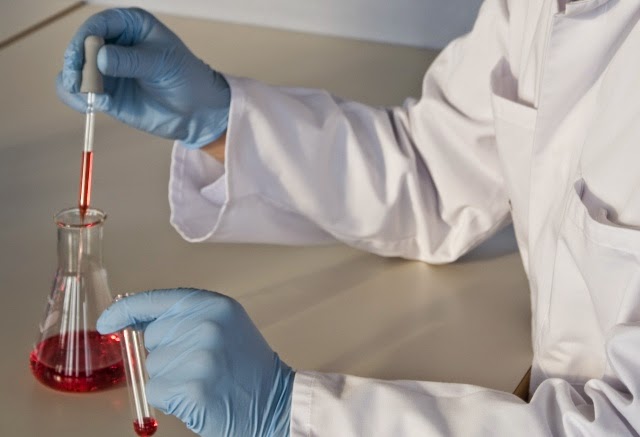| Online: | |
| Visits: | |
| Stories: |

| Story Views | |
| Now: | |
| Last Hour: | |
| Last 24 Hours: | |
| Total: | |
Scientists have produced the first “living material”
Researchers at Massachusetts Institute of Technology have made a material with the properties of living and non-living things using the bacterium E.coli.
Their study suggests that in the future be possible materials that will evolve and renew themselves, and will be used by the development of biosensors and solar panels.
Researchers led by Timothy Luoma, assistant professor of electrical and biological engineering have shown that it is possible to connect gold nanoparticles and quantum points in the so-called “living material“.
These smart materials will be able to react to the environment, such as living cells, but will also develop complex networks that are necessary for the application.
For example, self-healing materials can help absorbance and conducting electricity in solar cells. These materials also can repair scratches or defects without external intervention.
“Our idea is to combine the world of inanimate and animate and make hybrid materials with functional cells,” said Lu.
Controlling bacteria
In order to develop the material , scientists were “getting involved” in “producing biofilm” to force the bacteria that uses nanoparticles and quantum dot.
Biofilm helps bacteria ( such as those that inhabit tartar ) that ” sticks ” to the surface , and in the case ešerhije quantity , it is about a fiber made of a series of protein subunits CsgA .
For the study , the researchers altered the natural ability of E. coli that produces CsgA and made genetically designed strain that produces CsgA only in certain circumstances , for example , when present molecule AHL .
This has helped scientists to control the production of biofilm formation in bacteria .
In the next part of the study, the researchers designed by E.coli that produces CsgA associated with peptides containing the amino acid histidine .
Production of targeted CsgA was controlled by limiting the amount of other molecules ATC .
When gold nanoparticles are added to a mixture of fiber , histadin was ” bought” these particles and creating a network of gold nanoconections. In the future, such a network could be used in advanced computer science and biosensors .
Researchers have even demonstrated that bacteria can evolve and interact with each other to make them ” persuaded ” to produce CsgA linked to histidine .
” This is a very simple system , but it shows that cells can communicate with each other and changing the composition of the material over time ,” says Lu . ” We hope that this will succeed in imitating the ways in which natural systems are being developed , such as the bones .”
The study was published in the journal Nature Materials .
Source: http://www.thesciencenews.info/2014/04/scientists-have-produced-first-living.html




